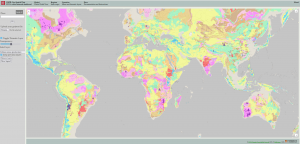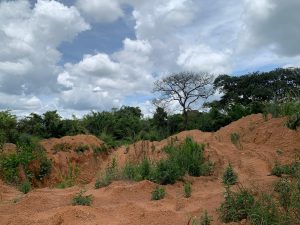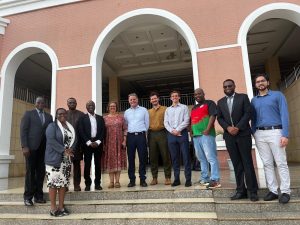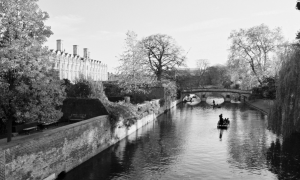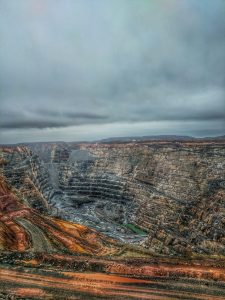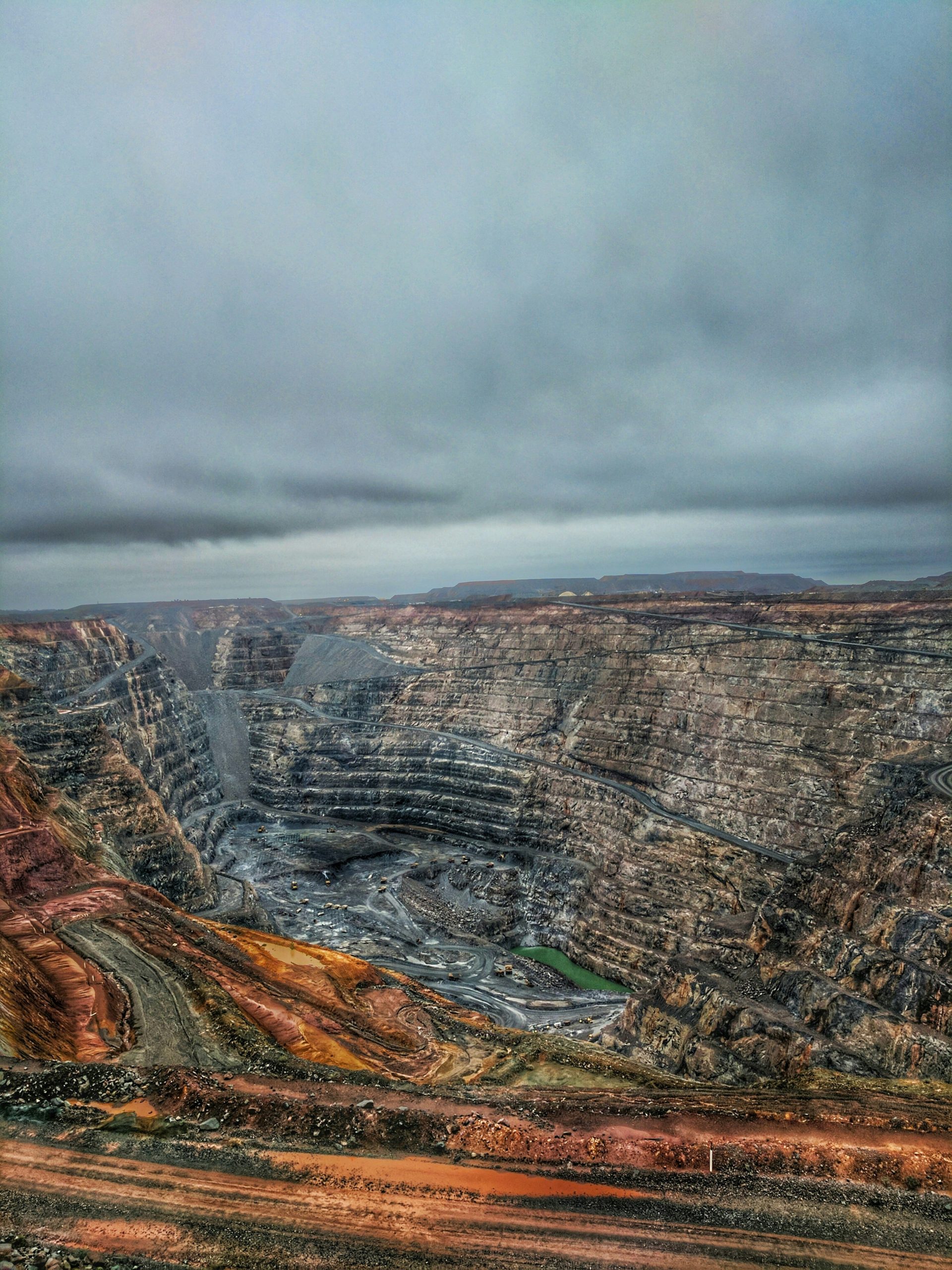Creating a Water Quality Scale Methodology Using California as a Case Study
Water availability analysis traditionally has involved understanding how much water enters and leaves a region and how much is used or stored each year. This mass balance of water, or water budget, is useful for tracking quantities of water; however, it offers no insights into the quality of the water.
This paper introduces a method for creating a water quality scale that utilizes unique categories for water quality and reserves additional categories for the insertion of local water quality data. The method was tested using California as a case study. A water quality scale applicable to California was created, and data for the city of Paso Robles were inserted to demonstrate the flexibility of the framework to be made location-specific.
The resulting scale can be used by water resource engineers to compare different types of water in terms of quality, measure both the quantity and quality of a local water supply simultaneously, and evaluate the most sustainable water supply options available. Furthermore, the scale can be customized for use anywhere in the world.
Read the full paper from Jennifer Bitting and Jonathan Cullen published in the Journal of Sustainable Water in the Built Environment here.
Photo Credit: Borna Bevanda

